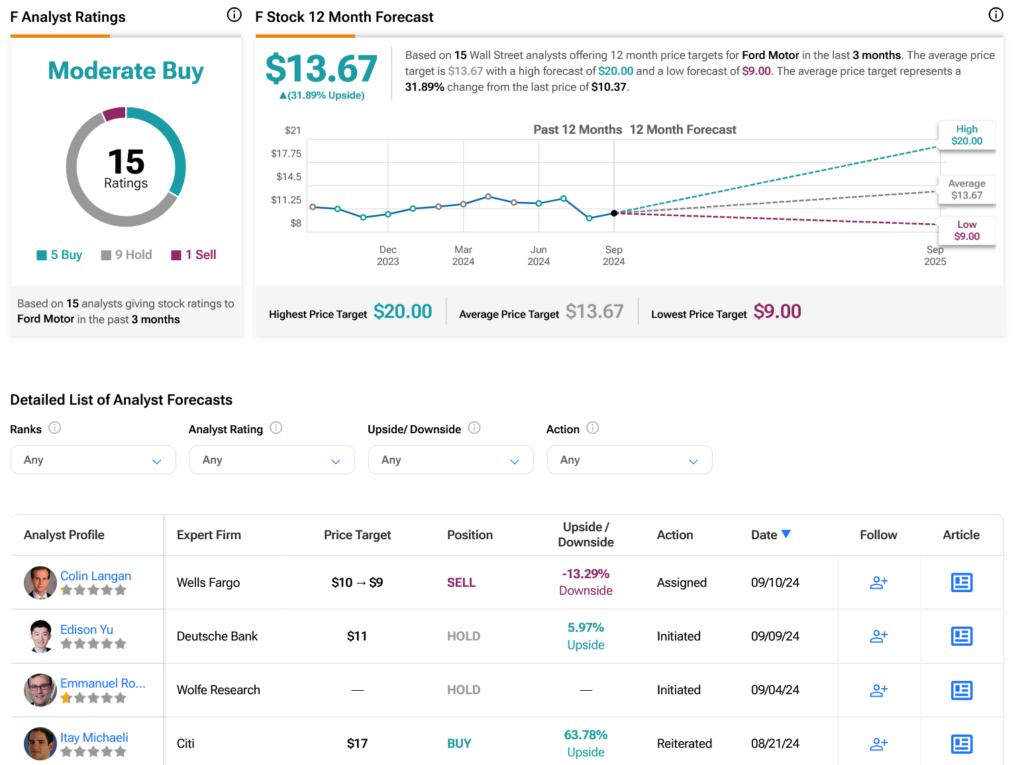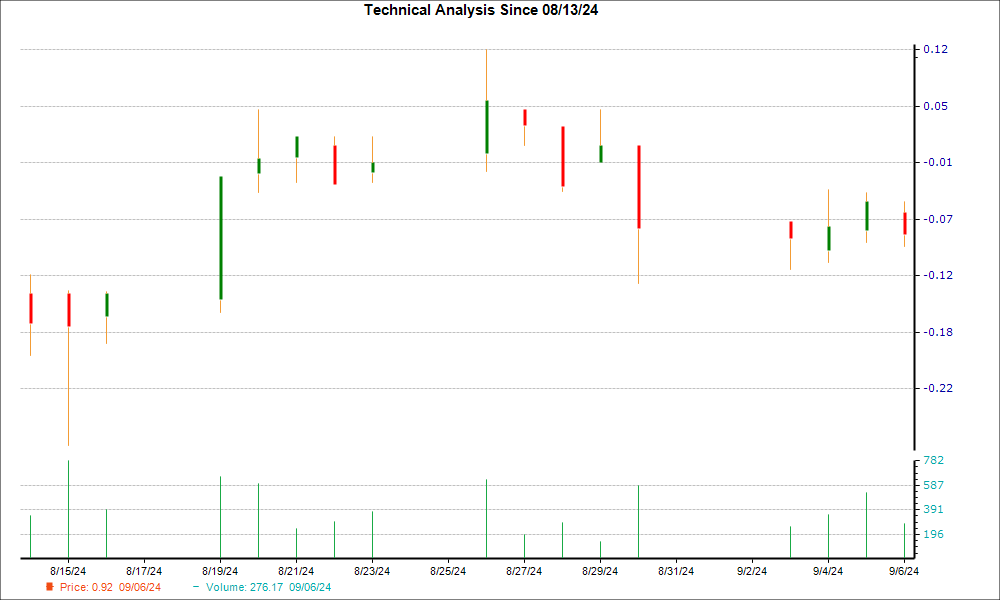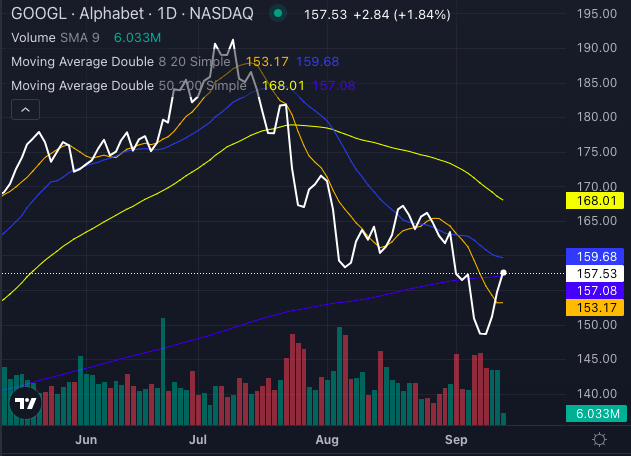Artificial intelligence infrastructure continues its relentless growth trajectory, with no signs of a slowdown. The surge in investment in computing power is resulting in the development of increasingly efficient AI models, according to a recent report by New Street Research.
The Self-Perpetuating Cycle of AI Development
This phenomenon is akin to a self-perpetuating system, where advancements in AI models drive up demand for enhanced computing capabilities.
Challenges and Opportunities in AI Economics
New Street Research analysts, led by Pierre Ferragu, highlighted the escalating costs associated with advanced AI models. While inference costs decrease rapidly as models mature, the next-generation models are considerably more expensive to operate. This trend is set to intensify with the introduction of advanced reasoning capabilities, raising questions about the cost-effectiveness of pushing the boundaries of AI.
Industry Giants in the AI Hardware Race
Major players like Meta Platforms and xAI, spearheaded by prominent figures like Elon Musk, are making significant investments in AI hardware development. Musk recently unveiled plans for an AI training cluster powered by Nvidia’s cutting-edge H100 GPUs, with intentions to double its capacity in the near future. Similarly, Meta CEO Mark Zuckerberg aims to deploy 350,000 H100s to drive the company’s AI initiatives by the year’s end.
Assessment of AI Spending Sustainability
Ferragu emphasized a positive outlook on the sustainability and growth potential of current AI spending levels. While acknowledging the possibility of pauses or corrections in the market, he refuted claims of an imminent bubble burst. The evolving understanding of AI economics suggests ample room for expansion and innovation in the sector.
Nvidia’s Dominance in AI Processor Market
Within the race to provide processors for diverse AI models, Nvidia has emerged as a frontrunner. The company’s latest GPUs boast superior full-stack integration and system-scale capabilities, facilitating robust chip-to-chip bandwidth connections across extensive computational domains.
AMD’s Bid for Competitiveness
New Street Research acknowledged AMD as a viable contender, despite Nvidia’s current lead. While AMD’s architecture may be less versatile and scalable, the company can still compete in specific use cases with dedicated optimization efforts. Recognizing the need for advancement, AMD’s strategic acquisition of ZT Systems underscores its commitment to challenging Nvidia’s dominance.




